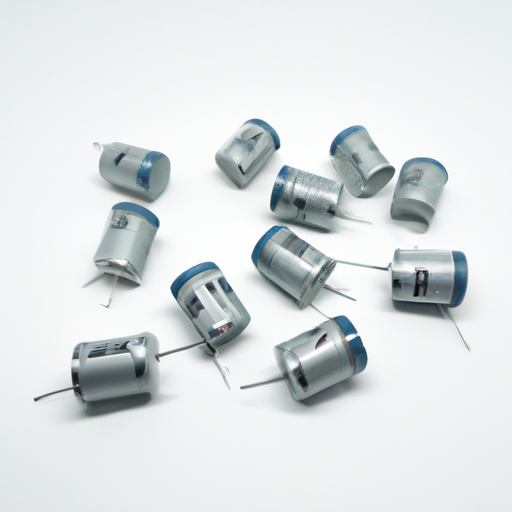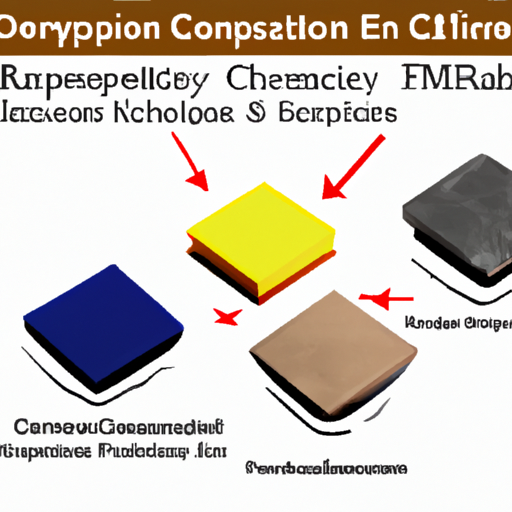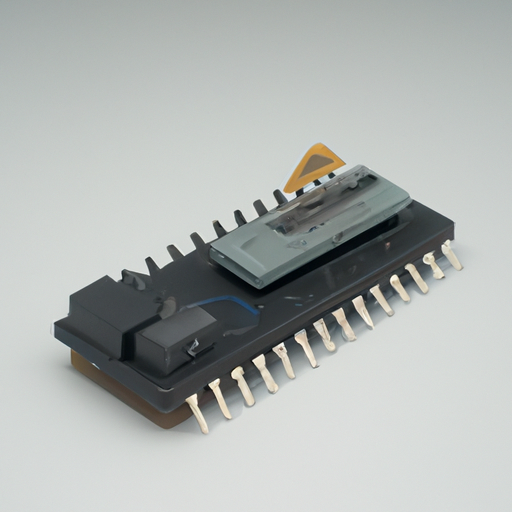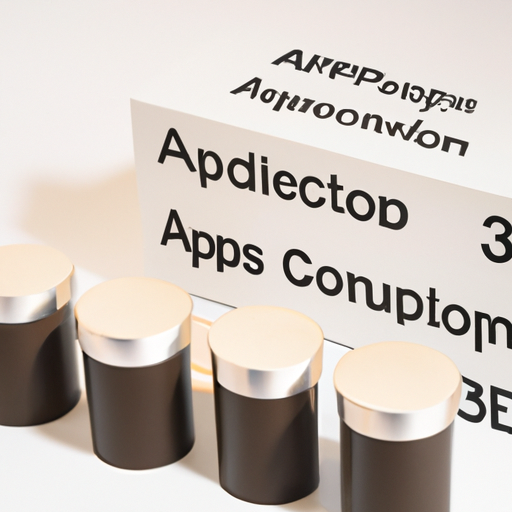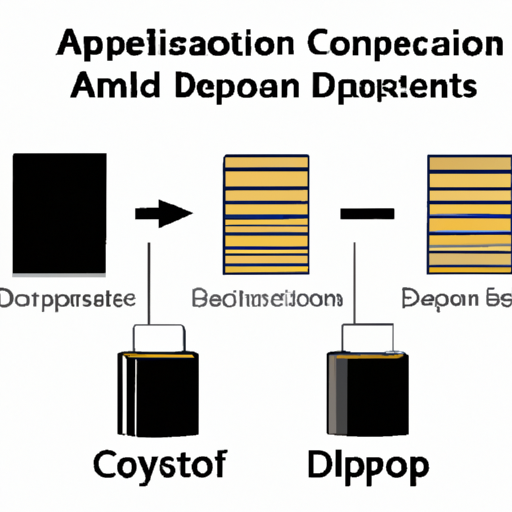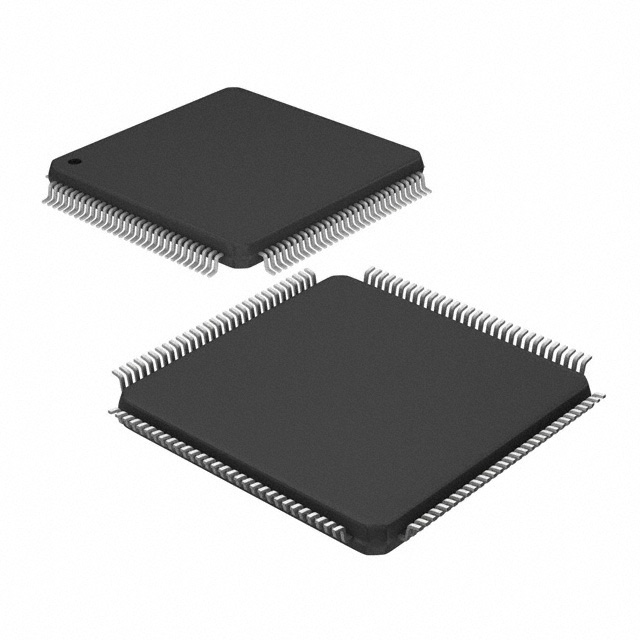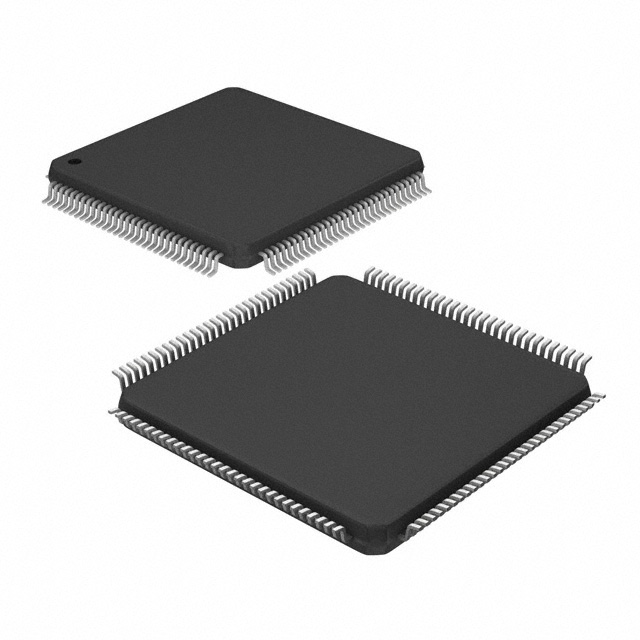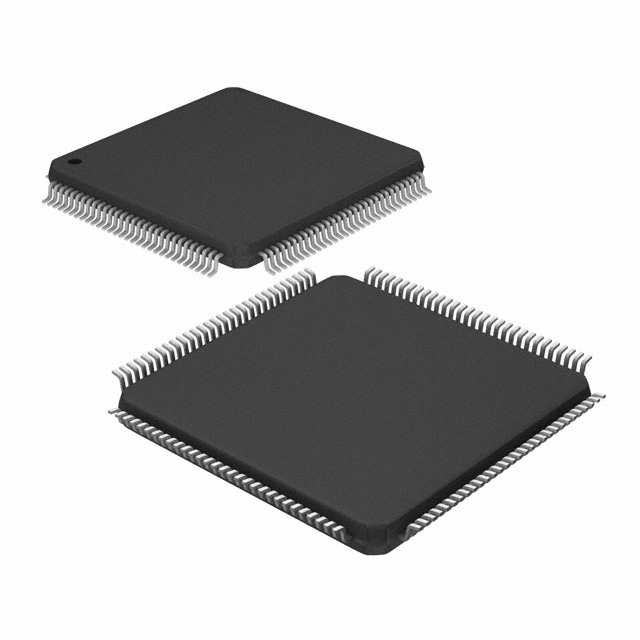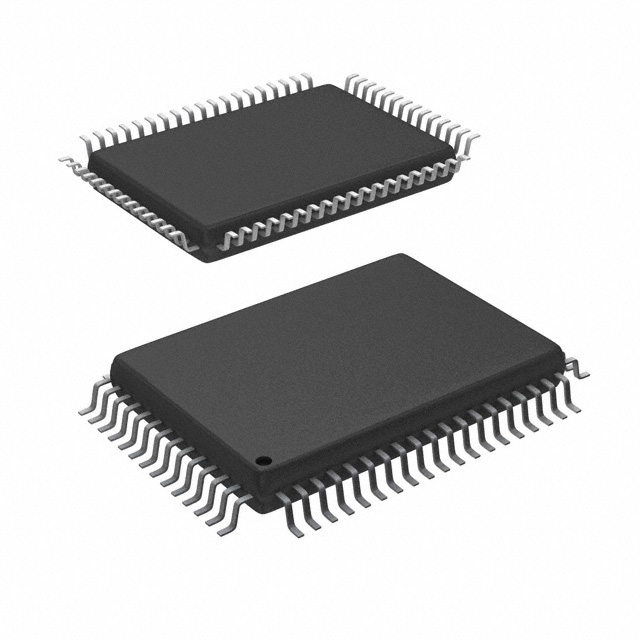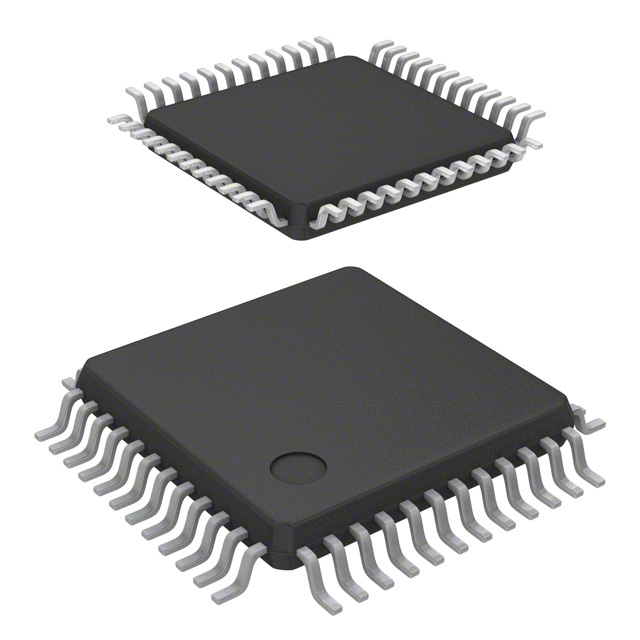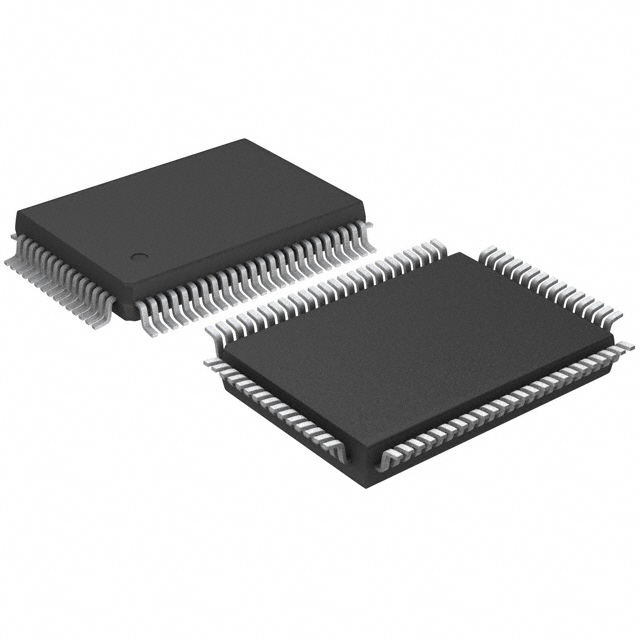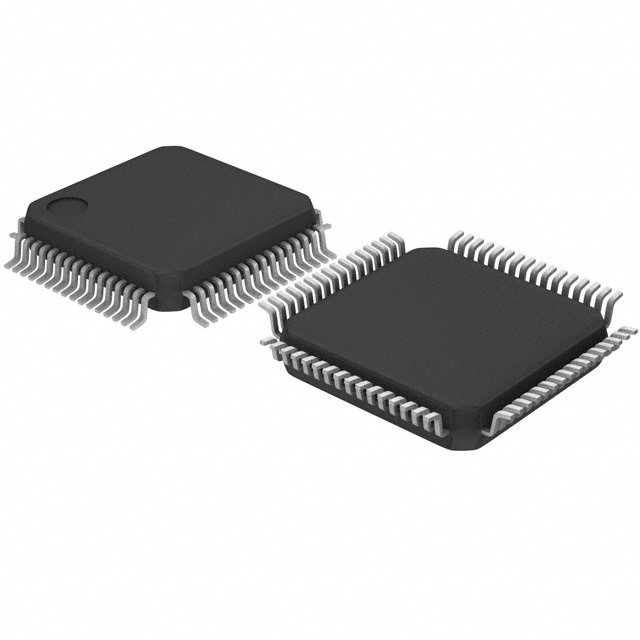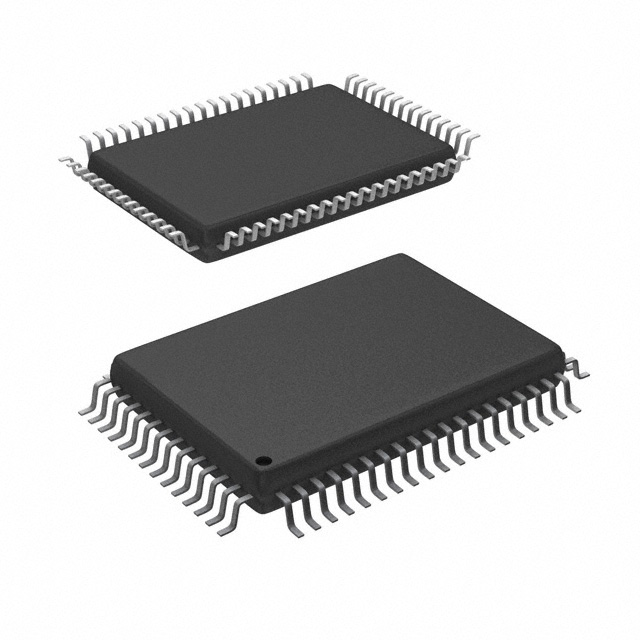CFR-25JB-52-1M1 Film Capacitors highlighting the core functional technology articles and application development cases of Film Capacitors that are effective.
Core Functional Technologies of Film Capacitors
1. Dielectric Material: Film capacitors utilize thin plastic films as the dielectric material, which can be made from various polymers such as polyester (PET), polypropylene (PP), and polycarbonate (PC). The choice of dielectric affects the capacitor's performance, including capacitance stability, temperature coefficient, and voltage rating.
2. Low ESR and ESL: Film capacitors typically exhibit low equivalent series resistance (ESR) and equivalent series inductance (ESL), making them suitable for high-frequency applications. This characteristic allows for efficient energy storage and discharge, minimizing power losses.
3. High Voltage Ratings: Film capacitors can handle high voltage applications, making them ideal for power electronics, motor drives, and renewable energy systems. Their robust construction allows them to maintain performance under high-stress conditions.
4. Temperature Stability: Many film capacitors offer excellent temperature stability, which is crucial for applications that experience varying thermal conditions. This stability ensures consistent performance over a wide temperature range.
5. Long Lifespan: Film capacitors are known for their longevity and reliability, often exceeding the lifespan of other capacitor types. This makes them a preferred choice in critical applications where failure is not an option.
6. Self-Healing Properties: Film capacitors possess self-healing capabilities, meaning that if a dielectric breakdown occurs, the capacitor can recover without permanent damage. This feature enhances reliability and reduces the risk of catastrophic failure.
Application Development Cases
1. Power Electronics: In power supply circuits, film capacitors are used for filtering, energy storage, and snubber circuits. Their low ESR and ESL characteristics help improve the efficiency of power converters and inverters, which are essential in renewable energy systems like solar inverters and wind turbines.
2. Audio Equipment: High-fidelity audio applications benefit from film capacitors due to their low distortion and high-frequency response. They are commonly used in crossover networks, amplifiers, and signal processing circuits to ensure high-quality sound reproduction.
3. Motor Drives: In industrial motor drive applications, film capacitors are used for DC link applications, providing energy storage and smoothing voltage fluctuations. Their ability to handle high ripple currents and voltages makes them suitable for this demanding environment.
4. Telecommunications: Film capacitors are employed in RF applications, including filters and tuning circuits, due to their stability and low loss characteristics. They help maintain signal integrity in communication systems, ensuring reliable data transmission.
5. Consumer Electronics: In devices such as televisions, computers, and smartphones, film capacitors are used for decoupling and filtering applications. Their compact size and reliability make them ideal for modern electronic designs where space is at a premium.
6. Lighting Applications: In LED drivers and lighting control systems, film capacitors are used for power factor correction and energy storage. Their ability to handle high-frequency switching makes them suitable for efficient lighting solutions.
Conclusion
The CFR-25JB-52-1M1 film capacitor exemplifies the advanced technology and versatility of film capacitors in various applications. Their unique properties, such as low ESR, high voltage ratings, and self-healing capabilities, make them an effective choice for a wide range of electronic applications, from power electronics to consumer devices. As technology continues to evolve, film capacitors will remain a critical component in the development of reliable and efficient electronic systems.

